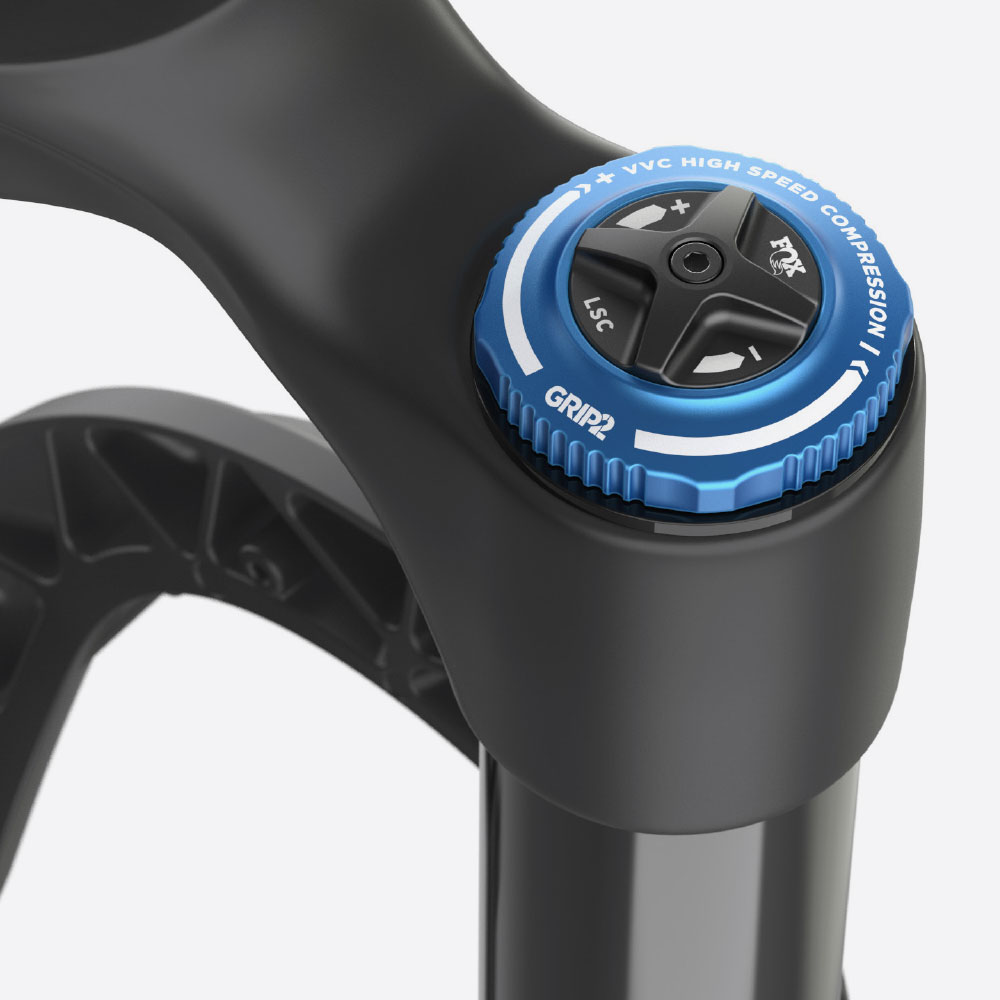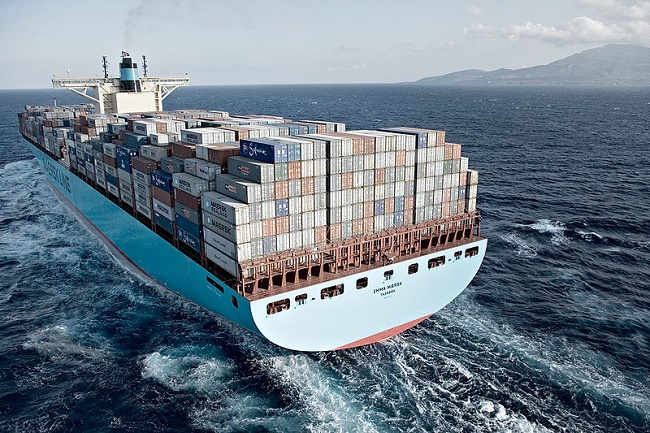When you think about mountain biking, the first thought will probably be about being outside in vast forests mountains and whatever other terrain you dare to cross. You might not immediately think about digital ecosystems and smart parts.

Most mountainbikes designed for heavier use have front and back suspension. More high-end bikes have numerous options to fine tune the specific workings of the suspension. Example of this is the adjustment of the high and low speed compression, high and low speed rebound and the amount of air in the fork. From personal experience adjusting these setting requires a lot of experience and trial and error. Small changes such as different types of terrain or even if the weather is wet or dry require totally different setting. Imagine every time you step on the bike around 10 to 20 minutes of fine tuning.

However recently the mountainbike industry has seen a shake-up with the introduction of smart components. The example that will be discussed during this article is the LIVEVALVE technology by (FOX Factory, 2022). LIVEVALVE is an electronically controlled suspension system that uses sensors to automatically adjust the suspension settings according to the terrain (FOX Factory, 2022).
LIVEVALVE changes the game as they automatically adapt to the different styles of terrain (FOX Factory, 2022). This saves the rider from adapting suspension settings during a ride and even allows for automatic suspension adjustments during rides.

(FOX Factory, 2022)
Additionally the LIVEVALVE is connected to an app which allows the user to change suspension settings. This is revolutionary compared to the traditional mechanical dial tuning without any insight.

Implications and predictions
It is hard to predict how these smart components will affect the mountainbike market as a whole. These smart components are still very pricy with LIVEVALVE costing around 3.000-3250 Dollars (Phillips, 2018). Additionally they require batteries that have to be charged (traditionally mountainbikes do not have batteries) which might be an obstacle for some buyers requiring longer off-grid usage or total dependancy during long outdoor trips. One of the major advantage of this LIVEVALVE system is that is lowers the skill-minimum to fine tune the suspension. This will be really helpful for newer or less fanatic mountainbikers. Outside from LIVEVALVE by FOX factory other smart components have also been brought to market with one example being SRAMM AXS which is a smart wireless shifting system for mountainbikes (McCoy, 2019).
It will be interesting to see how many other sports gear companies will also begin to slowly incorporate more and more smart components. Traditionally these companies have competed on the hardware of the products they sell, but now software will also start to be an important factor. It will be interesting too see if these components will also start to work together and if companies will partner up to create ecosystems.
FOX Factory. (2022). LIVEVALVE: Fast-acting automated electronic suspension system. https://www.ridefox.com/content.php?c=livevalve-bike
Philips, M. (2018, September 21). Fox’s electronic live valve suspension will change your rides forever. https://www.bicycling.com/bikes-gear/a22842945/fox-live-valve-review/
McCoy, S. (2019, February 8). SRAM’s AXS system: Why it matters even though you probably can’t afford it. https://gearjunkie.com/biking/sram-xx1-xo1-eagle-axs-mountain-bike-groupset


